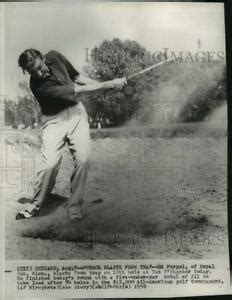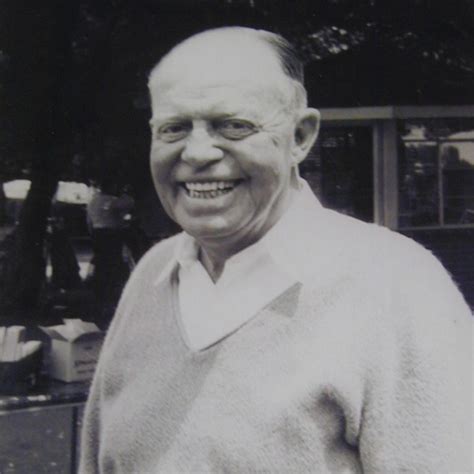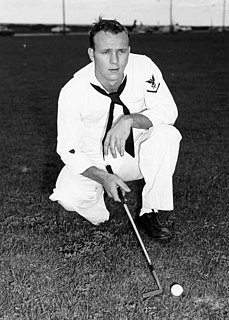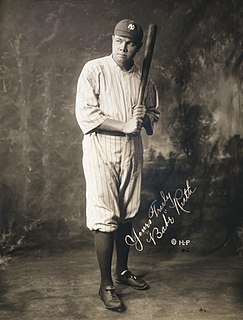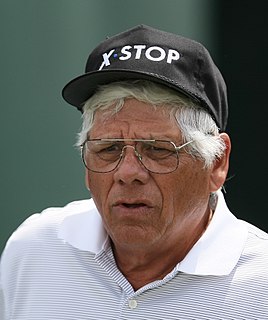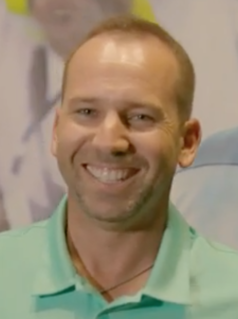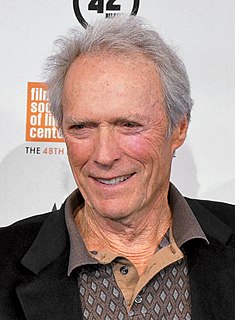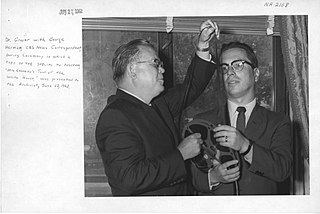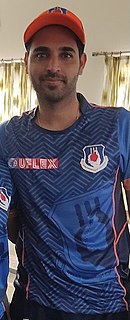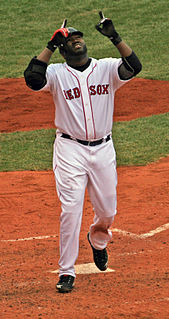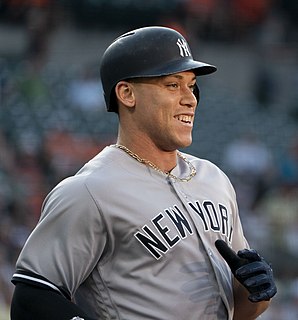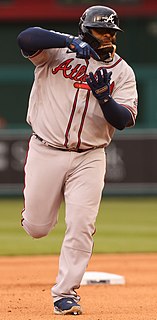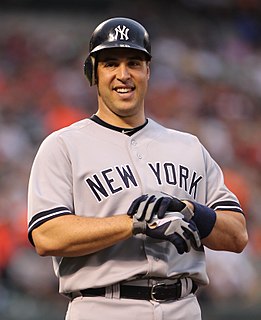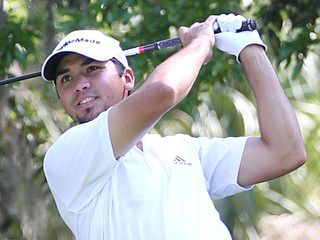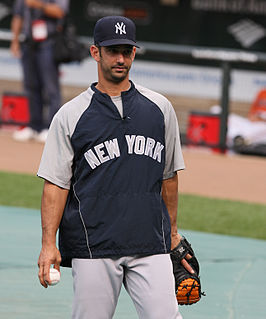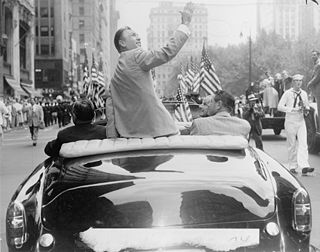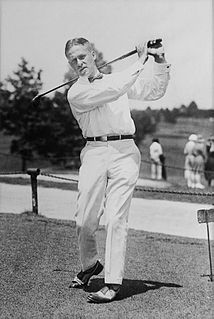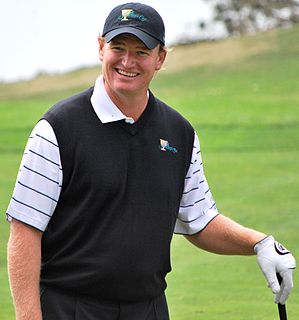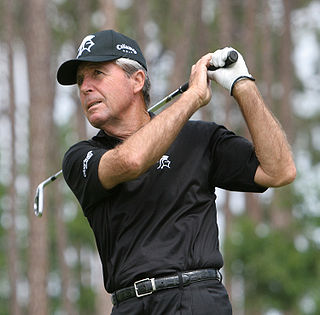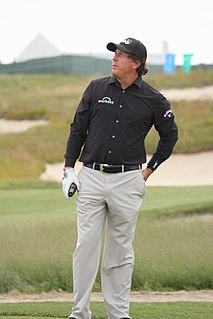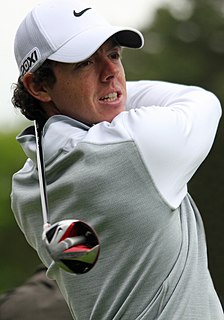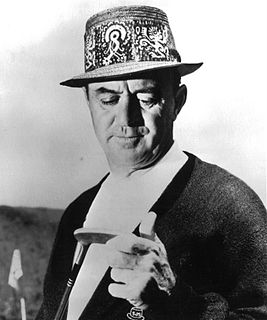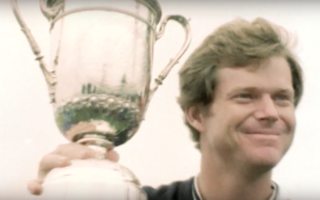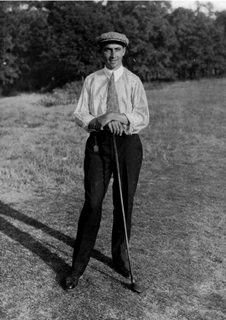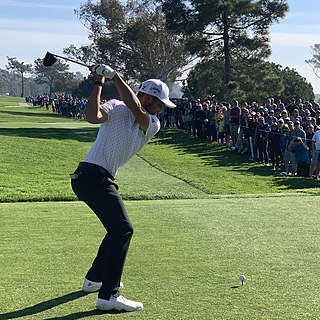A Quote by Ed Furgol
Everybody has two swings-a beautiful practice swing and the choked-up one with with which they hit the ball. So it wouldn't do either of us a damned bit of good to look at your practice swing.
Related Quotes
The subconscious mind is probably the most important factor in being a good golfer. It keeps distractions on the course from ruining a good round. You should practice, develop your swing, and do most of your thinking on the practice tee so that when you play in competition, you can hit the ball automatically.
When it comes to hitting solid drives, the secret is to swing within yourself. I know that sounds like a cliche, but it's true. If you swing at 100 miles per hour and hit it on the toe, you won't hit the ball as far as you would with an 80-mph swing that catches the ball in the center of the clubface.
